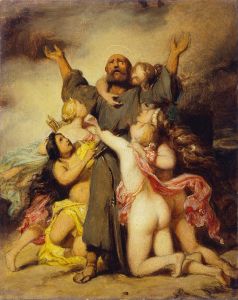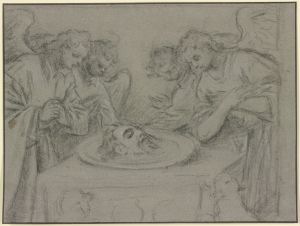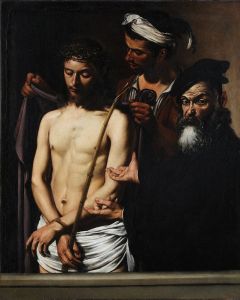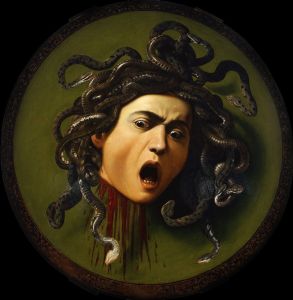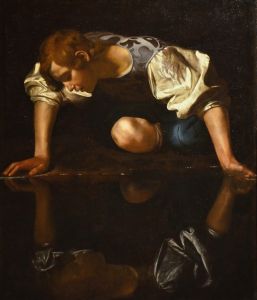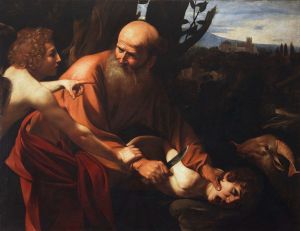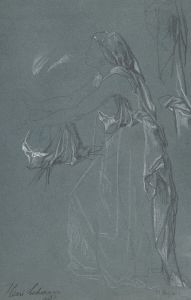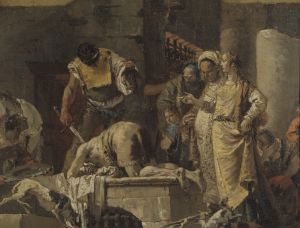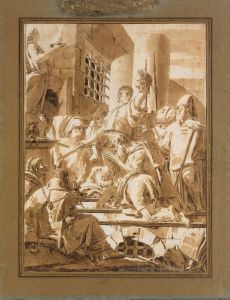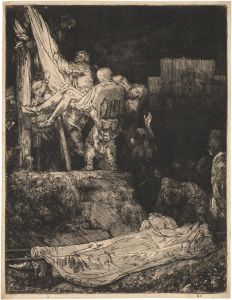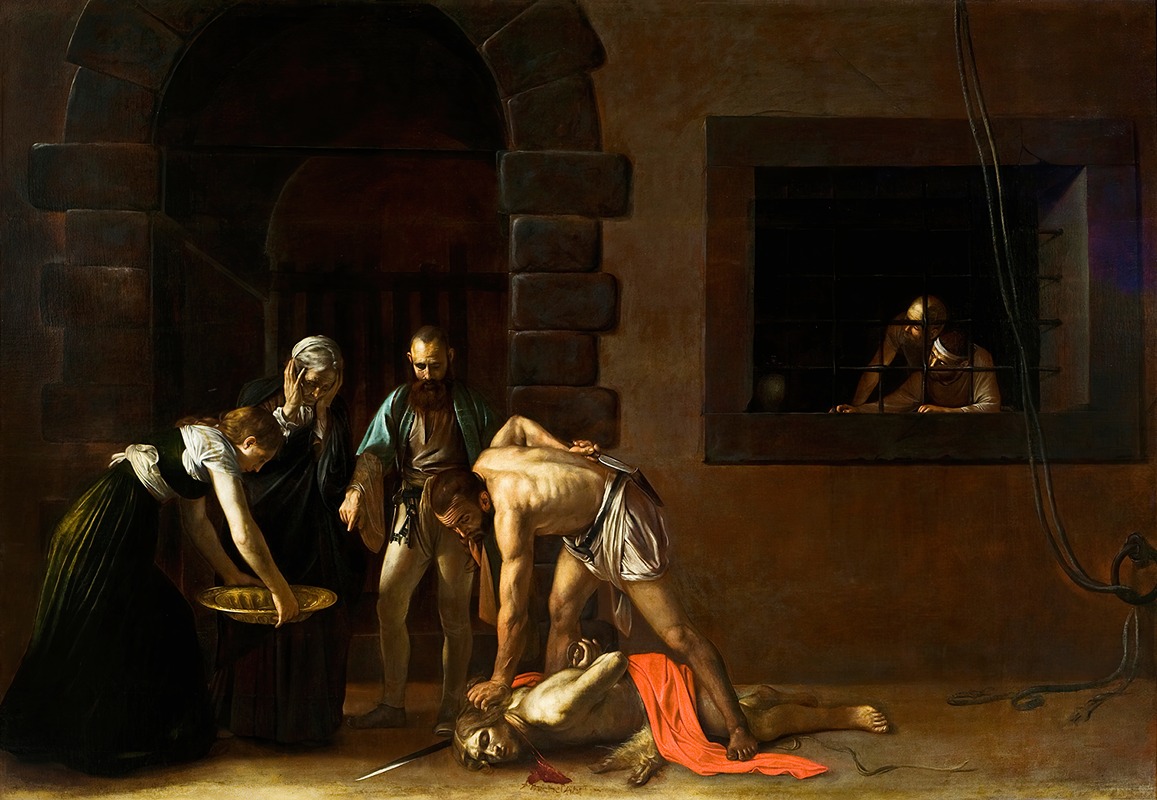
The beheading of St. John the Baptist
A hand-painted replica of Caravaggio’s masterpiece The beheading of St. John the Baptist, meticulously crafted by professional artists to capture the true essence of the original. Each piece is created with museum-quality canvas and rare mineral pigments, carefully painted by experienced artists with delicate brushstrokes and rich, layered colors to perfectly recreate the texture of the original artwork. Unlike machine-printed reproductions, this hand-painted version brings the painting to life, infused with the artist’s emotions and skill in every stroke. Whether for personal collection or home decoration, it instantly elevates the artistic atmosphere of any space.
The Beheading of St. John the Baptist is a masterpiece by the Italian Baroque painter Michelangelo Merisi da Caravaggio. Completed in 1608, it is widely regarded as one of Caravaggio's most significant works and a pivotal example of his dramatic use of chiaroscuro, the stark contrast between light and dark that characterizes much of his oeuvre. The painting was commissioned for the Oratory of the Confraternity of St. John in Valletta, Malta, where it remains today in the Co-Cathedral of St. John.
The painting depicts the biblical scene of the beheading of St. John the Baptist, as described in the Gospels of Matthew and Mark. The moment captured by Caravaggio shows the executioner leaning over St. John, who lies on the ground, moments before his head is severed. Salome, the young woman who requested the Baptist's head, is shown holding a platter to receive it. Other figures include a jailer and an elderly woman who looks on in horror. The composition is stark and dramatic, with the figures set against a dark, almost empty background, emphasizing the emotional intensity of the scene.
Measuring approximately 361 cm by 520 cm (11.8 feet by 17 feet), this is Caravaggio's largest known work. It is also notable for being the only painting he ever signed. His signature, written in the blood spilling from St. John's neck, is a striking and unusual detail. The inscription reads "f. Michelangelo," short for "fra Michelangelo," a reference to Caravaggio's brief association with the Knights of Malta, the religious order that commissioned the work.
The painting reflects Caravaggio's mature style, marked by a heightened realism and a focus on human emotion and physicality. The figures are rendered with meticulous attention to detail, from the executioner's muscular form to the anguished expression of the elderly woman. The use of light and shadow enhances the drama of the scene, drawing the viewer's eye to the central action while creating a sense of depth and immediacy.
Caravaggio painted this work during his time in Malta, where he had fled after being exiled from Rome following a murder charge. His stay in Malta was marked by both professional success and personal turmoil. He was inducted into the Knights of Malta in 1608, but later that year, he was imprisoned and subsequently expelled from the order after a violent altercation.
The Beheading of St. John the Baptist remains a powerful testament to Caravaggio's artistic genius and his ability to convey profound emotional and spiritual themes through his work. Its dramatic composition, masterful use of light, and intense realism continue to captivate viewers and art historians alike.





